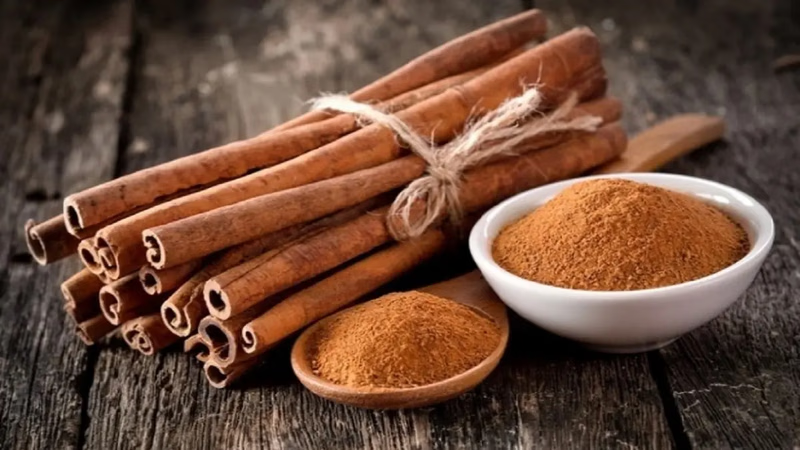
Cinnamon spice: A vital commodity in Middle East trade.
Cinnamon is another popular and widely used spice all over the world. This spice is obtained from the inner bark of the inner strips of the cinnamon tree and is used as a flavoring in many foods, sweets and drinks. The largest cinnamon producing countries are: Sri Lanka, China, Vietnam, Indonesia and Madagascar, and its global production is around 30-35 thousand tons per year. The biggest exporters of cinnamon are: Indonesia, China, Vietnam and Sri Lanka. The main export destinations of this spice include European countries (mainly the Netherlands, Germany, and the United Kingdom), North America (mainly the United States), and Middle Eastern countries (mainly Saudi Arabia and the United Arab Emirates ). The standards and needs of different markets can also affect the volume and position of cinnamon trade. Factors such as quality, price, demand in target markets, type and form of cinnamon (such as strips, powder, and extracts) and health standards can influence cinnamon export.
The international trade of cinnamon, like any other type of international trade, is subject to various laws and standards. In the international trade of cinnamon, the general rules and regulations related to international trade must be followed. For example, import and export laws, customs tariffs, sanitary and phytosanitary regulations (related to plant health), financial and banking regulations, and legal laws can be influential. Cinnamon must meet certain quality standards for export to different countries. Some of the well-known standards in this field are ISO standards (such as ISO 9001) and HACCP (Hazard Analysis and Critical Control Points).
In the international trade of cinnamon, regulations related to public health and animal health must be observed. For example, some countries may have special requirements for food and agricultural products that must be met. The packaging of this spice should have appropriate labels that include information related to the name of the manufacturer, date of production and expiration, country of origin, content of harmful substances and other information related to the product. In the international trade of cinnamon, regulations related to environmental protection and sustainable management of natural resources must also be observed. For example, the use of cinnamon resource management methods with a sustainable approach and forest protection can be considered.
Cinnamon has many uses in cooking, food industry and medicine. As a popular spice in cooking, cinnamon is used as a flavoring agent in a variety of foods, sweets, and beverages. The hot and spicy taste of cinnamon gives food a special color and taste. Cinnamon is used for the production of essential oils and cinnamon extracts, which are used in the food industry and the production of beverages. Cinnamon has antiseptic properties and can be effective in controlling the growth of bacteria and fungi. For this reason, cinnamon may be used in the food industry as a natural disinfectant. Cinnamon contains anti-inflammatory and antioxidant compounds that can be effective in reducing inflammation and preventing oxidative damage in the body. In traditional medicine, cinnamon is used as an herbal compound to treat some health problems such as infections, digestive complications and inflammatory diseases. However, the treatment of diseases with cinnamon should be done under the supervision of doctors and the recommendations of experts.
To enter the cinnamon trading market, you will need to secure quality and reliable sources of cinnamon. Investigating different suppliers, comparing quality and prices, and communicating with them is important for establishing long-term business relationships. First, you need to check your target market. Studying the demand, competition, prices, customer preferences and industrial standards related to cinnamon is necessary to better understand the market and existing competition. Decide whether you want to operate wholesale (as a supplier to the food industry) or retail (as a direct-to-consumer seller) in the market. Also, you can operate at local points of sale or through the Internet. Cinnamon must be of high quality and fresh. It is important to choose suppliers according to quality standards and check product samples before purchasing. Cinnamon should have a pleasant and sweet flavor. Customers are looking for cinnamon that can give good taste and aroma to food and drinks. Cinnamon packaging should be attractive and protective at the market level.
Planning for the distribution of cinnamon to the final destination is important. You can check whether you need to cooperate with merchants in the local market or establish an international distribution network. Also, you need to determine the proper packing and shipping methods to preserve the quality of cinnamon over time and distance. It is necessary to check the laws and regulations related to the export and import of cinnamon in the countries of your choice. Also, if needed, you can meet the health and quality standards associated with cinnamon. Proper planning for marketing and advertising of cinnamon products can help you succeed in the competitive market. Using various advertising methods such as launching a website, social media and online advertising, social networks and trade events can help you attract customers. After entering the market, it is important to monitor your trading performance and make necessary improvements. Evaluate product performance, consider customer reaction, competition and market changes and make timely strategic decisions.
Cinnamon is one of the most popular products in the market and can be offered in different types. Malayan cinnamon or Chinese cinnamon is a type of cinnamon that is mostly used in wholesale markets and food industries. This type of cinnamon has a rich and spicy flavor compared to Ceylon cinnamon. Also, Malayan cinnamon is generally more available in the market and more economically priced than Ceylon cinnamon. Ceylon cinnamon or Ceylon cinnamon is another type of cinnamon that is also known as \"true cinnamon\". This type of cinnamon has a milder and sweeter flavor than Malayan cinnamon. Some customers prefer to use Ceylon cinnamon because of its more prominent flavor and aroma. Also, Ceylon cinnamon is often considered a high-quality product and commands a higher price than Malayan cinnamon.
-
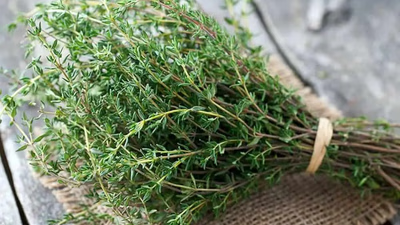
Thyme is a versatile spice with significant export potential, widely used in cooking and health products. Its antibacterial properties enhance food safety, making it valuable in the food industry. Exporting thyme requires understanding local and international regulations, identifying target markets, and establishing relationships with buyers. Key producing countries include Türkiye, China, India, and Iran, while major consumer markets are in America, Germany, France, and India. Successful thyme export involves proper product preparation, packaging for international shipping, and compliance with phytosanitary regulations. Engaging legal and financial advisors can facilitate navigating the complexities of international trade.
-

Cinnamon, a globally popular spice, is derived from the inner bark of cinnamon trees and is extensively used in various culinary applications. Major producers include Sri Lanka, China, Vietnam, Indonesia, and Madagascar, with global production estimated at 30-35 thousand tons annually. Key exporters are Indonesia, China, Vietnam, and Sri Lanka, primarily shipping to Europe (Netherlands, Germany, UK), North America (USA), and the Middle East (Saudi Arabia, UAE). Market dynamics such as quality standards, pricing, demand variations, and health regulations significantly influence cinnamon trade. Compliance with international trade laws—including customs tariffs and sanitary regulations—is crucial for successful export operations. Quality assurance standards like ISO 9001 and HACCP are essential for meeting market requirements. Additionally, sustainable practices in resource management are increasingly important in the cinnamon industry. The spice is valued not only for its flavor but also for its medicinal properties; it has antiseptic qualities and contains anti-inflammatory compounds beneficial for health.
Entering the cinnamon market requires thorough research on suppliers and target markets to establish reliable business relationships. Businesses must decide between wholesale or retail operations while ensuring high-quality products with appealing packaging. Effective marketing strategies through online platforms and trade events can enhance visibility in a competitive landscape. Continuous monitoring of market performance is vital for adapting to consumer preferences and competition.
-

Cumin trade plays a significant role in the global spice market, with major producers including India, Nigeria, Bangladesh, China, and Thailand. India stands out as the largest exporter, while the United States, Germany, Canada, and Middle Eastern countries are key importers. The competitive landscape of cumin trade involves various marketing strategies such as advertising and quality improvement. Technological advancements in production and packaging are also influencing market dynamics. Cumin is not only valued for its culinary uses but also for its medicinal properties, making it popular in food and cosmetic industries. Its demand is driven by its flavoring capabilities and health benefits. Factors affecting cumin trade include weather conditions, pest issues, trade regulations, and global supply-demand fluctuations. Prices are subject to change based on these variables and seasonal harvests. For detailed insights into current trends and statistics in cumin trade, specialized sources like the WTO or WHO can be consulted.
-
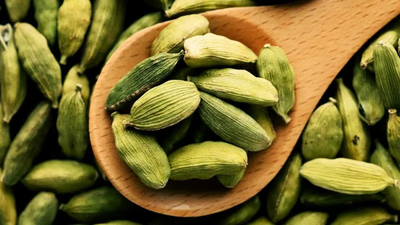
Cardamom, a highly valued spice from the ginger family, is primarily cultivated in India and Sri Lanka, with significant production in Thailand, Vietnam, and Guatemala. It is used extensively in cooking and beverages, known for its flavor and medicinal properties. The spice market sees active trade of cardamom, which can be exported in bulk or packaged. Factors influencing its price include quality, type (green or black), and geographical conditions affecting production. The demand for cardamom has surged due to its culinary versatility and health benefits. Quality control is crucial in the cardamom trade; traders must ensure high standards through careful selection based on appearance, aroma, and moisture content. Establishing reliable relationships with producers is essential for consistent supply. Effective marketing strategies are necessary for selling cardamom, utilizing online platforms and trade shows to reach customers. Proper storage and distribution practices are vital to maintain quality post-purchase.
-
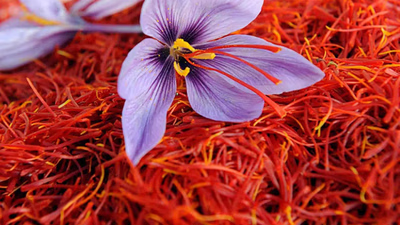
Saffron, derived from the saffron flower, is one of the world"s most expensive spices, renowned for its flavor, color, and aroma. It boasts antioxidant and anti-inflammatory properties and is primarily produced in Iran, followed by Spain, India, and other countries. The spice"s international trade is influenced by quality standards such as ISO 3632 and market demand. Countries with lower saffron production often rely on imports to meet consumption needs. Understanding market dynamics, including competitors and regulations, is crucial for successful saffron exportation. Conducting thorough research on target markets helps identify opportunities and challenges. Engaging with local experts and attending industry trade fairs can enhance market insights and networking opportunities. Proper packaging and documentation are essential for customer satisfaction and compliance with export requirements. Establishing business relationships in target countries can facilitate distribution networks while diverse marketing strategies can boost visibility.
-
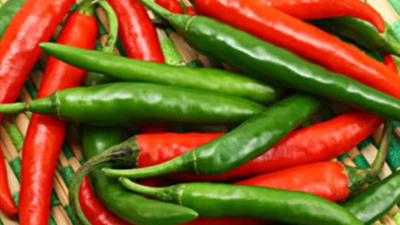
Pepper is a crucial spice in global trade, with production concentrated in countries like India, Vietnam, and Brazil. The annual global output ranges from 4-5 million tons, primarily exported to North America, Europe, Asia, and the Persian Gulf. The trade dynamics are influenced by various factors including quality standards, market demand, and consumer perceptions. Different types of pepper—black, white, red—each have unique properties and uses in the food industry. Quality assurance is vital; pepper must meet international standards for purity and packaging to ensure longevity during transport. Establishing strong relationships with producers and traders is essential for success in this competitive market. Innovations in cultivation and processing can enhance product value. Effective marketing strategies such as brand building and market analysis are necessary to navigate pricing and demand fluctuations.
Compliance with export regulations is critical to avoid legal issues. Understanding the specific needs of target markets will facilitate better trading outcomes.
-
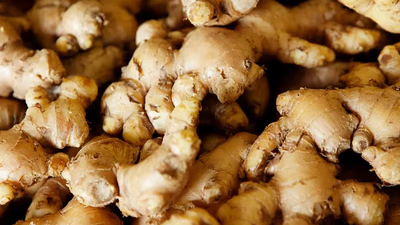
Ginger holds a significant position in the global spice trade, with major producers including India, Nigeria, China, and Thailand. The market for ginger has expanded due to its flavoring and health benefits, leading to increased demand across various industries such as food and beverages. As a versatile spice, ginger is utilized in baking, confectionery, and nutritional supplements. The growth of the ginger market is attributed to rising consumer awareness of its health properties and improved international trade infrastructure. However, challenges such as climate change impacts on productivity and trade regulations can affect supply chains. India stands out as the largest exporter of ginger globally, while other countries like Thailand and Brazil also contribute significantly to exports. The price of ginger fluctuates based on supply-demand dynamics, weather conditions, and economic factors. Additionally, specific regulations govern the export-import process of ginger, including quality standards related to moisture levels and packaging requirements. Understanding these factors is crucial for businesses engaged in the ginger trade.







